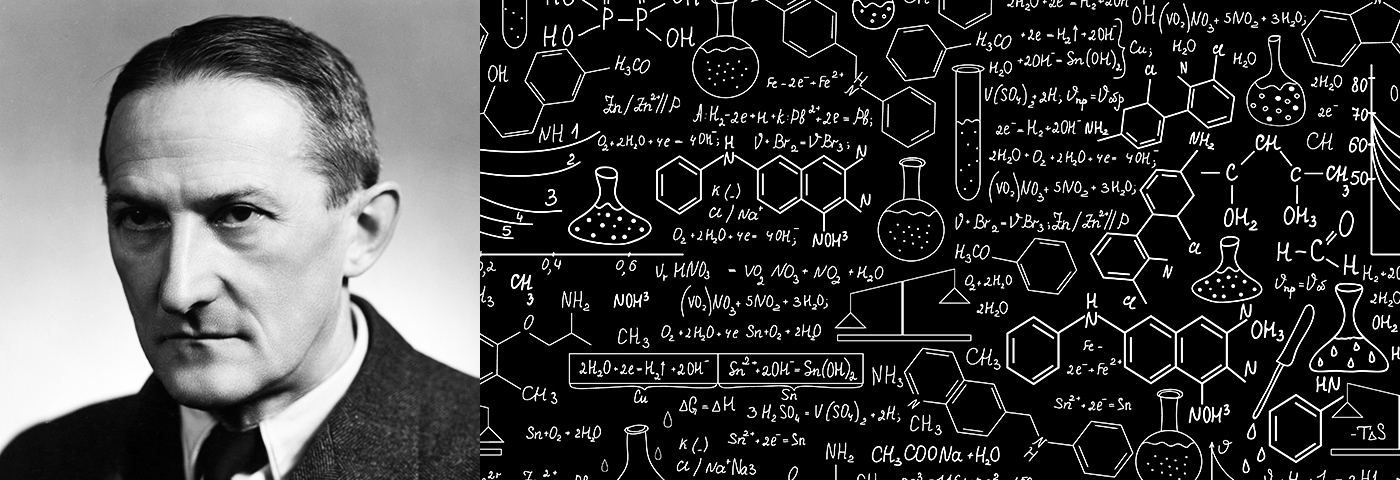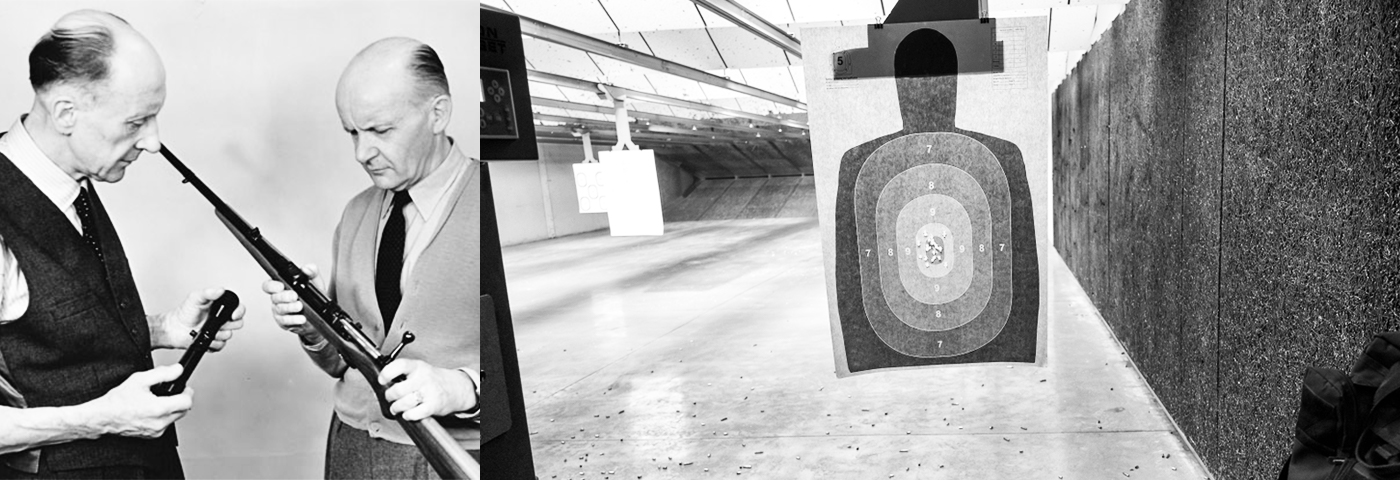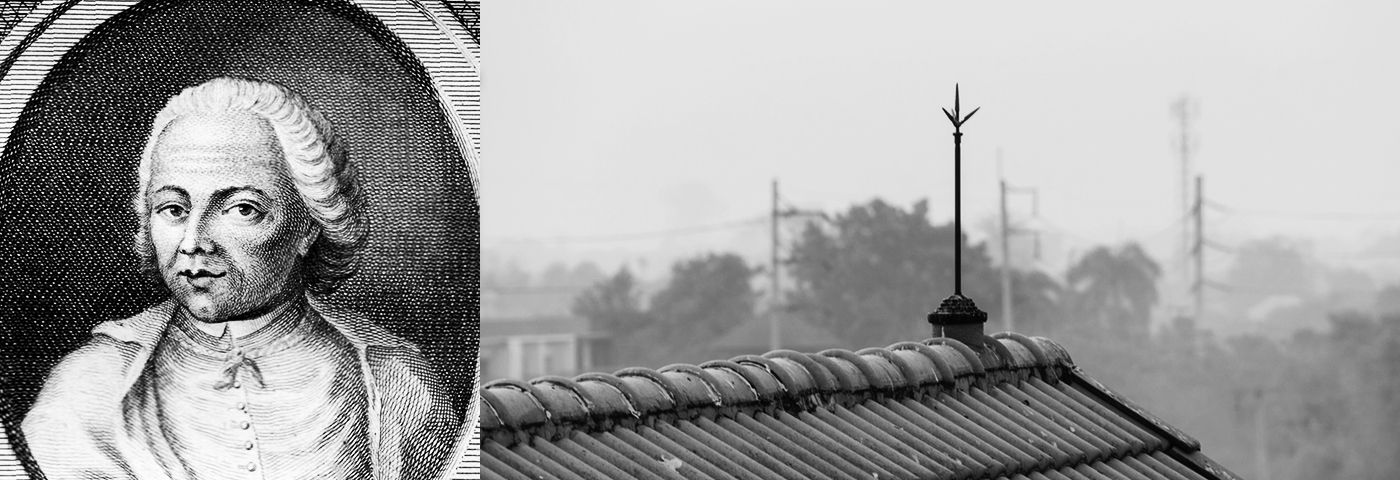Czech Footprint:
Inventions and Inventors

There is a national saying that Czechs have hands of gold. In other words, they are dexterous craftsmen. Take a look at the discoveries and inventions the Czechs are responsible for.
16. 11. 2018 Škoda World HeritageŠKODA also builds on Czech tradition steeped in crafts and trades, while drawing, too, on the inventiveness of engineers and scientists. Ultimately, the brand’s founders themselves, Václav Laurin and Václav Klement, were pioneers of mobility at a time when skill and ingenuity were essential. Even Ferdinand Porsche, one of the most important designers in the history of the automobile, had Czech roots. Let’s learn about other inventors hailing from what is now the Czech Republic. You may be using patented items every day without realising their Czech origin.
Czech Footprint
This year, the Czech Republic is celebrating the centenary of Czech statehood, with Czechoslovakia having been founded as an independent state on 28 October 1918. The ŠKODA brand – its history closely connected with that of the Czech Republic and Czechoslovakia – is also commemorating this anniversary. ŠKODA Storyboard is marking this occasion with a series of articles entitled Czech Footprints. This series traces Czech influences that have achieved world renown, some of which are not widely known to have roots in the Czech Republic.

Jan Janský

This famous psychiatrist discovered blood groups incidentally when he was trying to find a correlation between blood and mental disorders. He carried out his work independently of research done by the Austrian pathologist Karl Landsteiner, who went on to win the Nobel Prize for his own discovery of blood groups. Janský’s version, in fact, was more coherent and was even adopted by American scientists. Janský did not live long enough to enjoy the acclaim he so richly deserved. He was just 48 when he died of a severe form of angina pectoralis. Frequent voluntary blood donors in the Czech Republic are awarded the Janský Medal.
Jaroslav Heyrovský

A Nobel Prize winner (he was nominated for the award eighteen times), from a young age Heyrovský was fascinated with physical chemistry, and even went to London to study it. In the interwar period, he discovered a polarographic method that made the chemical analysis of solutions much easier. He was awarded the Nobel Prize in 1959 for developing this method.
Ernst Mach

The teacher, physicist, philosopher and natural scientist Ernst Mach – a native of Brno – was a keen student with an inquiring mind. He was highly critical of established theories, which he subjected to rigorous examination. Albert Einstein adopted Mach’s principle of the inertia of matter, and it ultimately guided him to the general theory of relativity. Physics students also learn about Mach’s other principles, and the Mach number (M) is used to measure the sonic velocity of aircraft, especially supersonic fighter jets.
František Křižík

Křižík was a prolific inventor. Even while he was still a student at the Czech Technical University in Prague, he made improvements to railway signalling. The money he earned from his first inventions allowed him to travel to the World Fair in Paris, where he saw the first arc lamp. He then vastly enhanced that invention. After illuminating Czech towns and cities with street lighting, he started to build tramlines, before fitting out than a hundred Czech power stations.
Otto Wichterle

You may well be wearing Wichterle’s invention as you read this article. He is the man behind soft contact lenses, which have made life easier for millions of people. However, they faced many obstacles before making their way into the world. It occurred to Wichterle that a hydrophilic polymer would be the best material for making contact lenses. Unfortunately, his attempts to cast gel in moulds failed and the state was unwilling to throw its weight behind such a costly project. As a result, he came up with the first working version of his invention in primitive conditions at home.
Josef Ressel

This famous inventor of the ship propeller, who has streets in numerous countries and cities named after him, started out as a forester. He studied in Linz and Vienna, before planting trees in the karst landscape of the Carniola region, in what is now Slovenia, where he also wrote a book on coastal woodland. He was already toying with the idea of a ship propeller, and in 1827 registered a patent. Unfortunately, he ran out of money to continue his experiments. He died of malaria in 1857 and his many inventions did not become better known until several years after his death.
Koucký brothers

František and Josef Koucký were born into a family of engineers. With mechanical engineering running in their blood, they were destined to make guns. Even though they spent most of their active careers apart from each other, they perfected many pistols and rifles. In 1975, having teamed up together, they designed a highly popular Czechoslovak pistol, the ČZ75, which went on to become one of the most frequently copied firearms in the world.
Prokop Diviš

A theologian, Diviš drew on biblical quotes to foreword his scientific work. As a result, he was largely ignored by the academic community. He did not achieve secular fame until he invented his “weather machine”, designed to balance tensions between the heavens and the earth. His machine was actually the first lightning rod. Unlike Benjamin Franklin’s later version, it was even properly grounded. However, Franklin’s version was simpler and cheaper, so its use spread much faster.

























